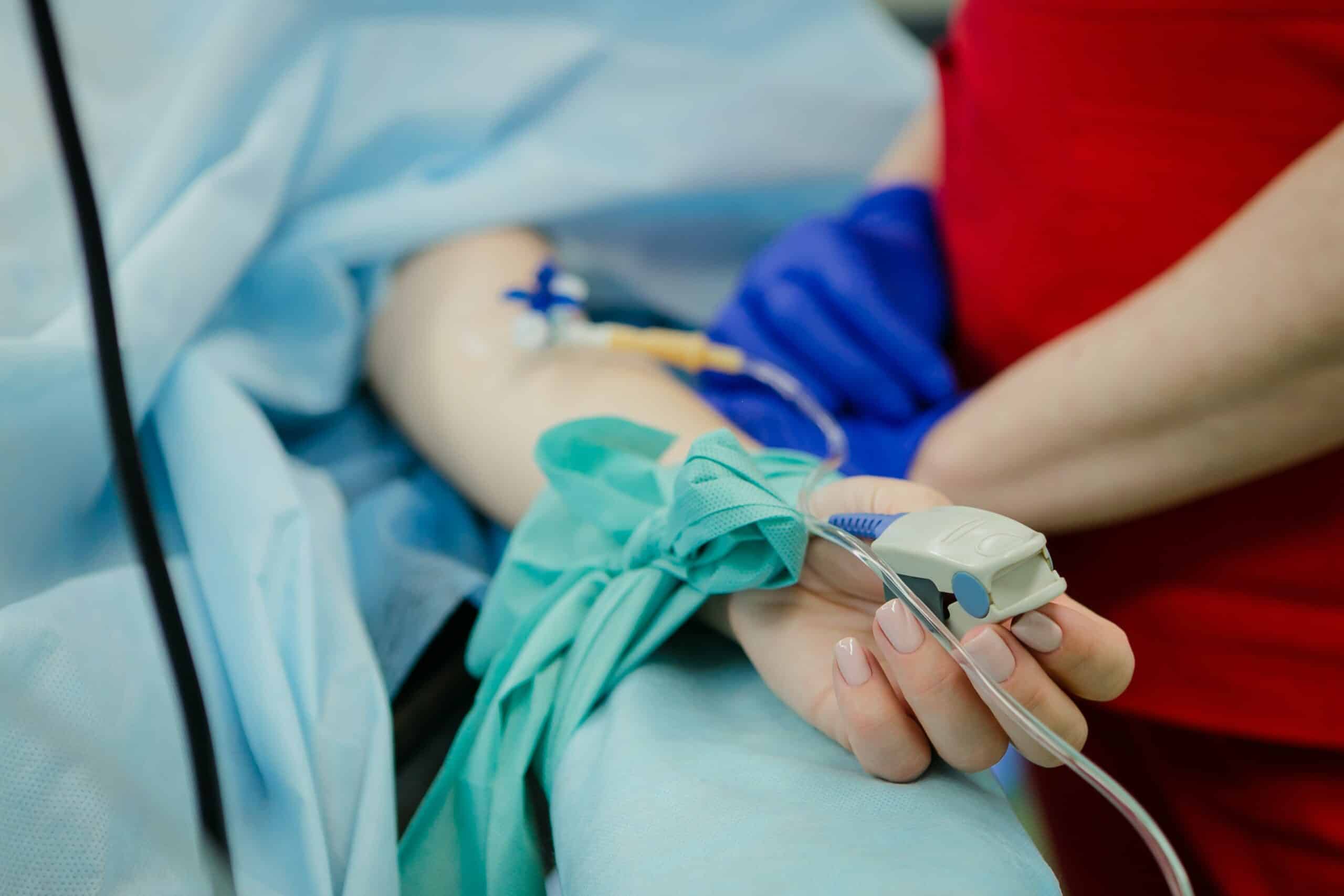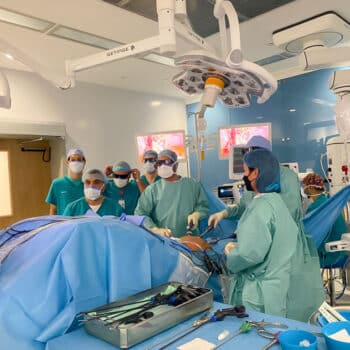Cancer pain: Questions and Answers
Article: Dr: Amna Al-Harsiyah – Palliative Care Consultant
Introduction:
Pain is the first sign of cancer for many patients, and early diagnosis is critical for survival; So don’t underestimate any kind of pain and report back to your doctor immediately. Do not let pain become severe to tell you that you have cancer, prevention and early diagnosis can defeat cancer.
Cancer pain can be defined as a complex sensation that reflects both the damage to the body and the body’s response to damage.
How does cancer pains arise?
Localized cancer pain arises from the effects of a particular tumor or from the carcinogenic tumor penetration of nerves near the position of the tumor, or may be neurological and sporadic as a result of spreading to the bone, nerves and spine, and associated pain may arise as a result of irritation, inflammation, obstruction of vessels, stenosis and embolism in the intestine or urinary tract.
There are types of accidental pains that can accompany a therapeutic procedure such as diagnostic biopsies or surgical interventions that are often accidental and disappear with healing from the cause.
What types of cancer pain in terms of extent?
Cancer pains may be accidental and disappear or become persistent and chronic pain.
They can be controlled but appear from time to time due to movement, eating or other factors.
What types of cancer pain in terms of origin?
*Physical pain is a radiation of muscles, bones, joints and ligaments, and pains of this type are described with knife stab or continuous tightening and the patient can accurately locate.
*Visceral pain: arises from esoteric guts such as stomach, intestines, liver, spleen, lungs, etc. Patients describe pain of this type with colic, heartburn or strange pain that cannot be described or precisely located.
*Neurological pain: arises from irritation of a nerve and is described as electrical disturbances, burning or cold, such as ice, stabbings to the needles and spikes, with intolerance, itching, loss of sensation or pain associated with mild touching.
*Mixed pain: It is a group of at least two of the previous species and is difficult to distinguish by just one type to describe.
Can there be pain-free cancer?
Yes, depending on the type, location and spread of the disease, the severity of the disease varies from person to person and the unit of pain varies from person to person.
How to treat cancer pain?
Malignant tumors are first treated with the treatment of the disease itself. Treatments for tumors are chemical, radiological, surgical and others. If effective, they are the best and lasting treatment for pain. Then the treatment of pain with essential painkillers depends on the quality, severity and resistance to painkillers.
Doctors for pain treatment follow the World Health Organization’s prescribed pain treatment ladder, which begins with acetominophen as its first step in treatment for mild pain, after which other palliative drugs are added as NSAID antibodies followed by opioids for severe pain successively until pain is brought under control.
If the pain is very bad and very severe, the doctor may start opioid medication directly to relieve the pain as soon as possible.
Opioid use of cancer pain remains a mainstay according to the World Health Organization, but about 20% to 30% of patients do not receive enough to get rid of pain severity; Therefore, interventional pain management is an important “fourth step” to combat cancer pain for these patients.
Another indicator for the treatment of interventional pain is that patients cannot afford pharmacological standards to therapeutic levels or because adequate sedation has not been achieved despite the maximum doses of these drugs and procedures.
There are several interventionist pain control techniques, for visceral pain, cancer patients can benefit from injection of sympathetic neurological mass, cutting of the umbilical cord of cancer pain that is very resistant to treatment, osteoporosis, humpback, osteoporosis, other options such as injection into peripheral nerve blocks, implantable devices such as intractable morphine pump.
Important advice:
- Pain is a sign that something is not OK in your body so rest is necessary until the pain relieves after the use of painkillers, you must disclose any new pain that did not exist previously and tell your doctor.
- It is necessary to give an accurate description of pain, the exact description helps doctors to provide a plan for the proper management of pain.
- It is preferable to keep a note writing details and seizures of pain and the effectiveness of the drugs you use. This helps us to know the next steps that can be taken with regard to pain management.
- You must communicate with the pain treatment team before stopping any type of painkillers, especially opioids (such as morphine, tramadol, phantzyl plasters, etc.) as sudden stoppages have several risks. Also, you should not take doses above the recommendation of the medical team before consulting them and you should inform the team when there have been any side effects on the medications.
- Taking flexible medication for the abdomen to prevent constipation is necessary if opioid painkillers are used unless you have diarrhoea for some reason.
- You should not expect pain to disappear once and for all (unless the cause is completely disappeared) as the goal of pain management is to alleviate and control pain as it is often difficult to completely get rid of pain. This should not frustrate you but celebrate the control of pain most of the time; A large majority of patients may experience minor pain from time to time, when moving or after eating, for example. This is not a reason to lift and increase the treatment provided. Potential pain must be expected until God enjoys the patient’s full recovery.
- There are other pains that may be associated with the patient’s psychological and mood condition, and therefore the increase in painkillers may not work on the contrary may cause side-effects of those medications. As a medical staff, we fully appreciate the psychological stresses you are experiencing. The journey of treating tumors is not a small thing. Part of the pain stems from suffering but the treatment of this pain associated with the psychological and spiritual aspect has another direction, it has to speak with all credibility to your medical team to help yourself first and be helpful to her.
- Each patient has a particular type of pain that may be very different from someone else and each patient’s response to medications is very different so no patient’s treatment falls on your condition and you do not try medications until after consulting your doctor and pain treatment team.
- Pain medicines, especially opioids, must be kept out of reach of children and must not be offered as everyone else’s home whatever the need may be.
- Sometimes you need to take warm or cold compresses, organize in physical therapy, use local painkillers or improve your sleep before you need to take stronger painkillers as the pain may be symptomatic and disappear.





